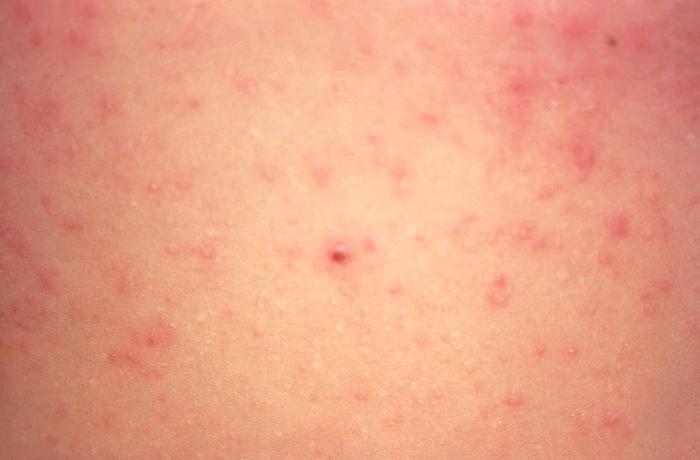By NewsDesk @bactiman63
The number of measles cases reported in New Zealand this year has topped 2,000 cases. According to the New Zealand Ministry of Health, from 1 January 2019 to 8 November 2019 there have been 2014 confirmed cases of measles notified across New Zealand. 1631 of these confirmed cases are in the Auckland region.

Most of these cases have been in unvaccinated people, or in those who do not know their vaccination status.
In mid-October, the Ministry of Health and the Ministry of Education have signed a memorandum of understanding, so they can work together to help prevent the spread of measles in schools.
The memorandum of understanding will allow information on schools’ overall vaccination rates – the number and percentage of students in schools who are fully vaccinated against measles – to be calculated by the Ministry of Health using the National Immunisation Register and shared with local public health officers. This will give them a better understanding of schools’ overall rates of immunity against measles.
If a school or schools are directly affected by the outbreak, for example if a student has contracted measles, the agreement will also allow for information on individual students vaccination status to be provided to local public health officers. This information by individual student will only be shared as requested by public health officers, and will be used to help reduce the spread of measles in schools.
“Our top priority is to stop this measles outbreak and protect our most vulnerable. Effectively containing the spread of measles requires information and planning, including understanding of potential sources of infection, says the Ministry of Health’s Director of Public Health, Dr Caroline McElnay.
“Measles is highly infectious and can result in serious complications. Places where people gather together, such as schools are key places for the disease to spread.
“Knowing school’s vaccination rates can help schools and public health officials take appropriate action to slow or stop the spread of measles from child to child at school, who can transfer the disease back to their family and community,” says Dr Caroline McElnay.
- Polio cases reach 100 in 2019
- Karachi: Another rabies death in Sindh
- Singapore dengue deaths most in 12 years as cases tick upward
- New Zealand: 12 mumps cases reported, likely exposed at same location in Hamilton
- San Diego reports flu increase early in season
- Encephalitis 101 with Becky Dennis
- Pakistan reports record high in dengue cases in 2019

